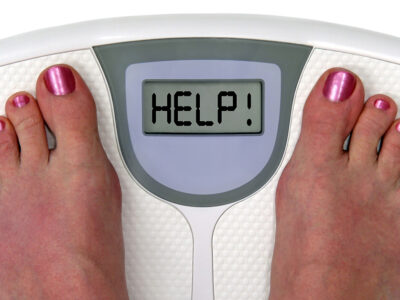Diabetes is a chronic metabolic disease that affects 37.3 million adults in the US. The Centers for Disease Control and Prevention report that one in five of those Americans aren’t aware they have the disease. Yet, it’s the seventh leading cause of death in this country. When people eat food, the body breaks it down into a simple sugar called […]
Diet


Causes and Risk Factors: Unpacking the Triggers Behind Different Diabetes Types
Exploring the Genetic and Lifestyle Factors That Contribute to Type 2 Diabetes and Gestational Diabetes

What Does Diet Really Mean?
What’s the first thing that comes to mind when you hear the word “diet”? Did you immediately think of a restrictive eating regimen that deprives you of your favorite foods? I think most people look at “diet” that way, and because they see it as depriving, they consider diet a bad thing. For most people, a diet is a tool […]


Struggling with Post-Pregnancy Weight? Discover a Non-Surgical Solution!
Cindy's Weight Loss Journey with the Obalon Balloon SystemAfter delivering her second child six years ago, Cindy* had a difficult time losing the weight she gained during her pregnancy. “I have two daughters, and after the first pregnancy, I was able to lose the weight pretty quickly,” Cindy shares. “But the weight from the second pregnancy didn’t come off anywhere near as easily. “I tried every diet I […]



